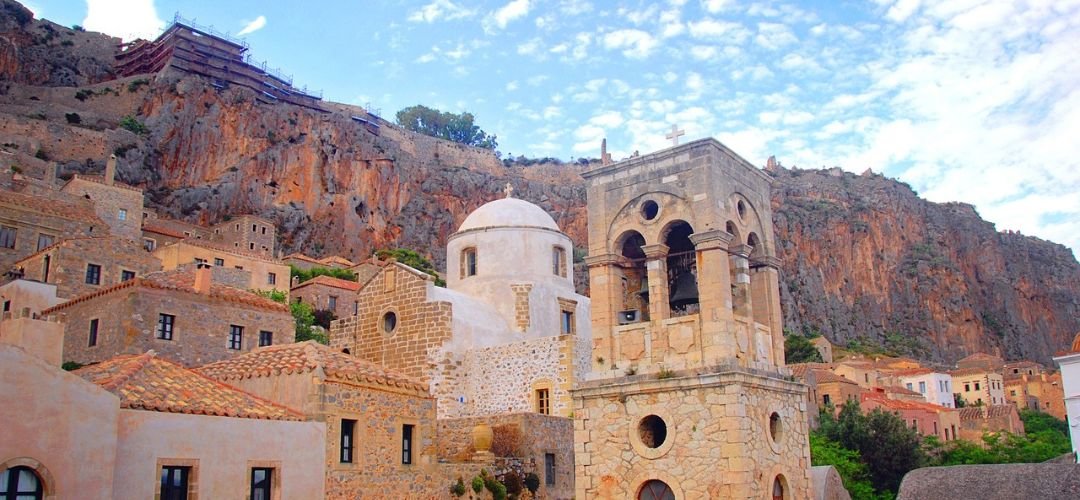Traveling across Europe is an exciting journey. The continent is home to numerous magnificent historical and natural landmarks, exciting activities for everyone, lovely lakes, mountains, a fantastic climate, and outstanding architecture.
Why Is sustainability in regard to trips important?
Sustainability in trips refers to the efforts to promote positive traveling behaviours. It is essential since it helps limit the adverse effects of travel and tourism on the people living around the area. Furthermore, sustainable traveling also helps conserve the quantity and quality of resources in their natural habitat; this ensures that they last for several generations.
Which travel methods are eco-friendly?
With the fast degradation of the Ozone layer, there is no urgent need to conserve the environment in any possible way. I can use plenty of eco-friendly ways to travel from one area to another within a designated amount of time, including sharing of busses to reduce air pollution caused by vehicles. I can also book a more efficient and eco-friendly train because they use less fuel and produce fewer amounts of Carbon dioxide in the air compared to booking flights and traveling with planes.

Which sustainable travel options exist in Europe?
Europe has many means of transport, including busses and trains. It is easier for tourists to book trains to Europe, Canada, and across the US in advance to avoid any last-minute inconveniences. Notably, they all have fixed schedules that tourists must familiarize themselves with to avoid delays. The best way to travel through Europe is by train; it is typically convenient and reasonably priced for short and long distances. For beginners, information about public transport options is also available, making it easier to identify a suitable company for their travel booking, which offers all these services to tourists who want to explore the world through their lenses.
How can I travel eco-friendly in Europe?
To travel eco-friendly across Europe may seem complicated, but it is not. There are some tips to use for sustainable traveling options, which include;
1. Avoid Overcrowded Areas.
There is too much temptation in this social media area, creating a bucket list of destinations based on celebrities’ influences, resulting in overcrowding of tourists in the area. It is more rewarding to explore the lesser-known areas since it helps discover good things. Besides, it will help me avoid queueing for long hours to discover a destination that does not match my expectation.
2. Spend more time at the destination.
People spend most of their vacation time trying to cram things up due to the little time they have. Suppose I want to enjoy my vacation better; I need to spend more time in the area, which is also cost-friendly compared to taking several short trips to an area annually. Several trips contribute to air pollution, especially if I typically travel using a personal vehicle.
3. Use effective modes of transport.
According to Research, travel, and tourism contribute to the world’s carbon emissions, threatening climatic change and tourism. Planes and cars are not eco-friendly modes of transportation; hence I can opt to take a bus or a train to help control carbon monoxide emissions. Take advantage of public transportation and the beauty of nature whenever you can to save the environment, time and money. Travelling by train across Europe and across the country you’re visiting is more eco-friendly than using a plane. Decent connections can be find on Omio. For example you can search for the best train connections across Italy online at Omio and book them either.
4. Avoid single-use plastics.
When purchasing products during my trip, I need to look for reusable or recyclable plastics, which helps prevents environmental pollution. I can ask locals about eco-friendly disposal methods after using them.
5. Preserve water and energy.
Tourism heavily relies on energy to provide lighting and everyday water use. Tourists usually consume more energy and water than residents and destinations struggle to maintain. While on vacation, I must ensure I use a limited amount of water when necessary. I can avoid wasting energy by switching off electricity and other electronics when not in use.
6. Offset my carbon print.
I cannot avoid every carbon emission during my trip; instead, I can focus on ways to compensate for it through carbon offsetting. The method allows me to calculate the amount of Carbon Monoxide produced, to purchase an offset of the same quantity.
7. Respect the cultures of local communities.
Every community has a culture that upholds various intentions. For example, some forbid cutting trees or hunting wild animals as a sport, which helps them preserve their environment. During my trip, it is best if I respect their cultures too.
8. Avoid littering parks and protected areas.
There are plenty of national parks I can add to my travel list, and when I visit it, I should ensure I leave it better than I found it. I should throw trash only in designated areas to avoid dirtying the environment.
9. Choose sustainable accommodations.
I can sleep in tents, which are easier to set up and do not pollute the environment. Besides, it also allows me to explore the jungle more there.
10. Avoid over-packing.
If I carry too many things, I may need to dispose of some of them, whereas they may be unrecyclable and take many years to decompose. By doing this, I will be indirectly polluting the environment, which is not good; hence it is better if I only pack things I will be using.

To sum up, travelling does not have to be boring; individuals can incorporate new tactics and games that they can use, but they need to ensure they are eco-friendly. Making eco-friendly decisions when traveling gets the planet closer to sustainability; the decisions benefit the earth, your wallet, other visitors, and your enjoyment of your trip across Europe.










0 Comments